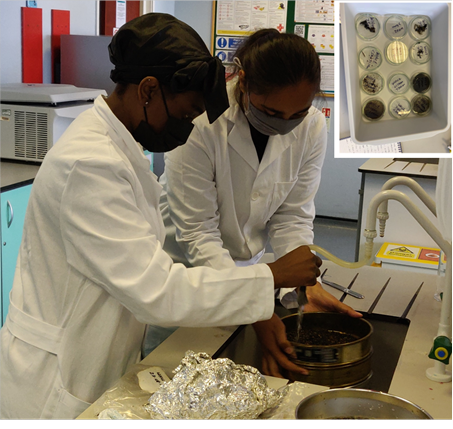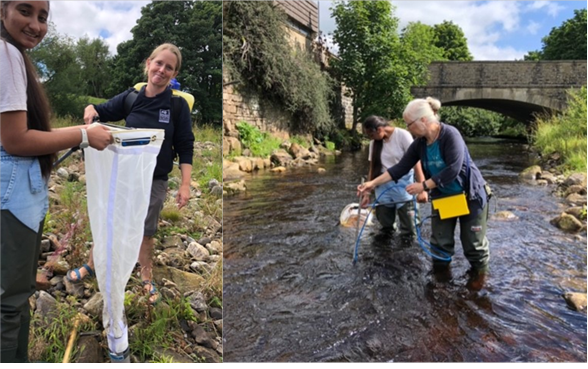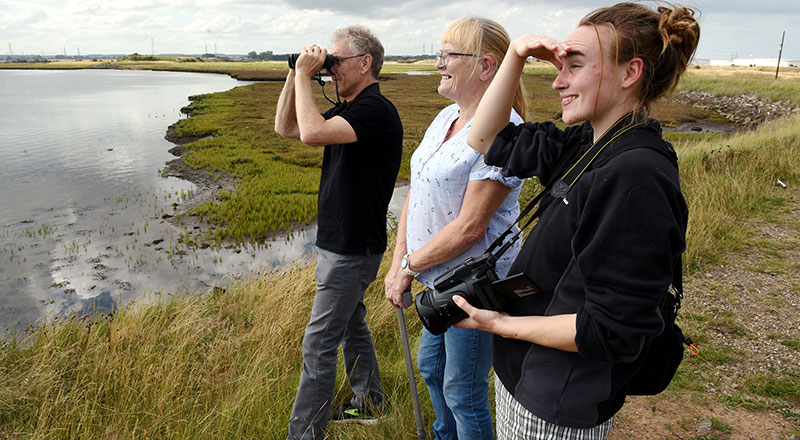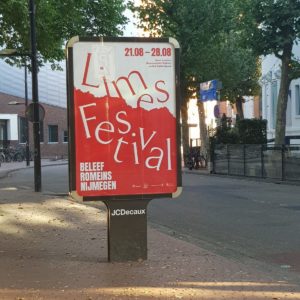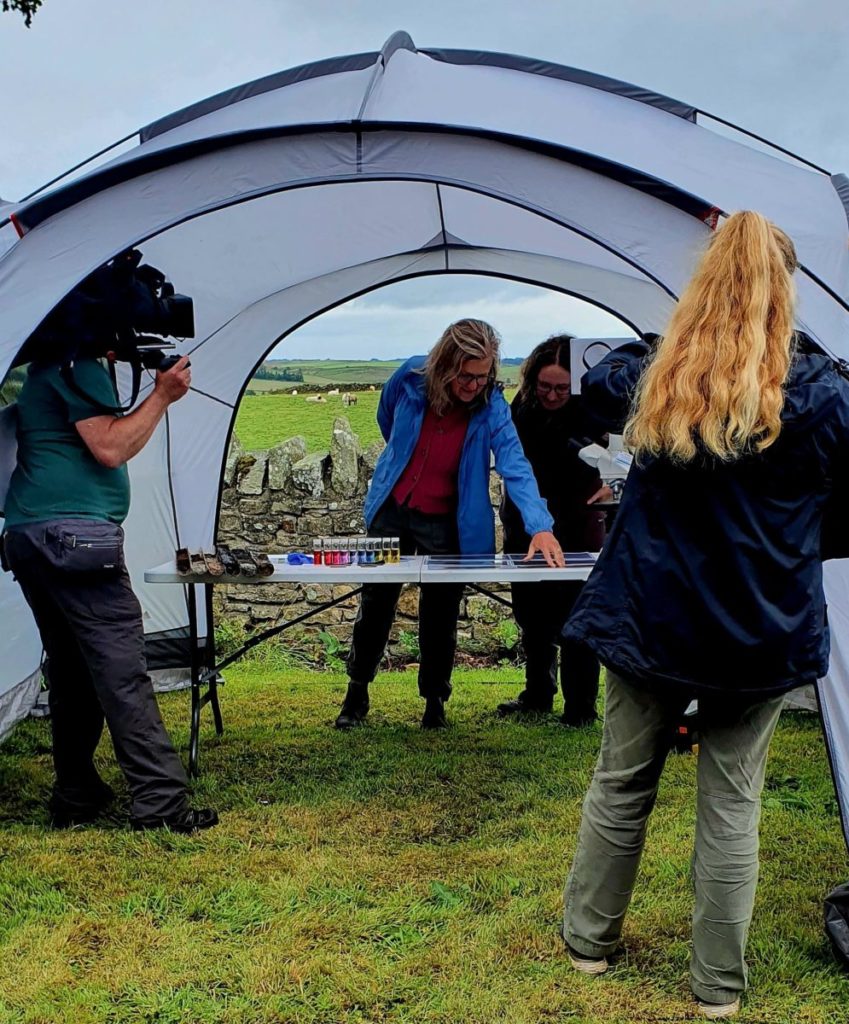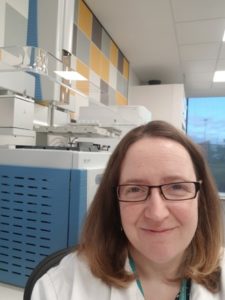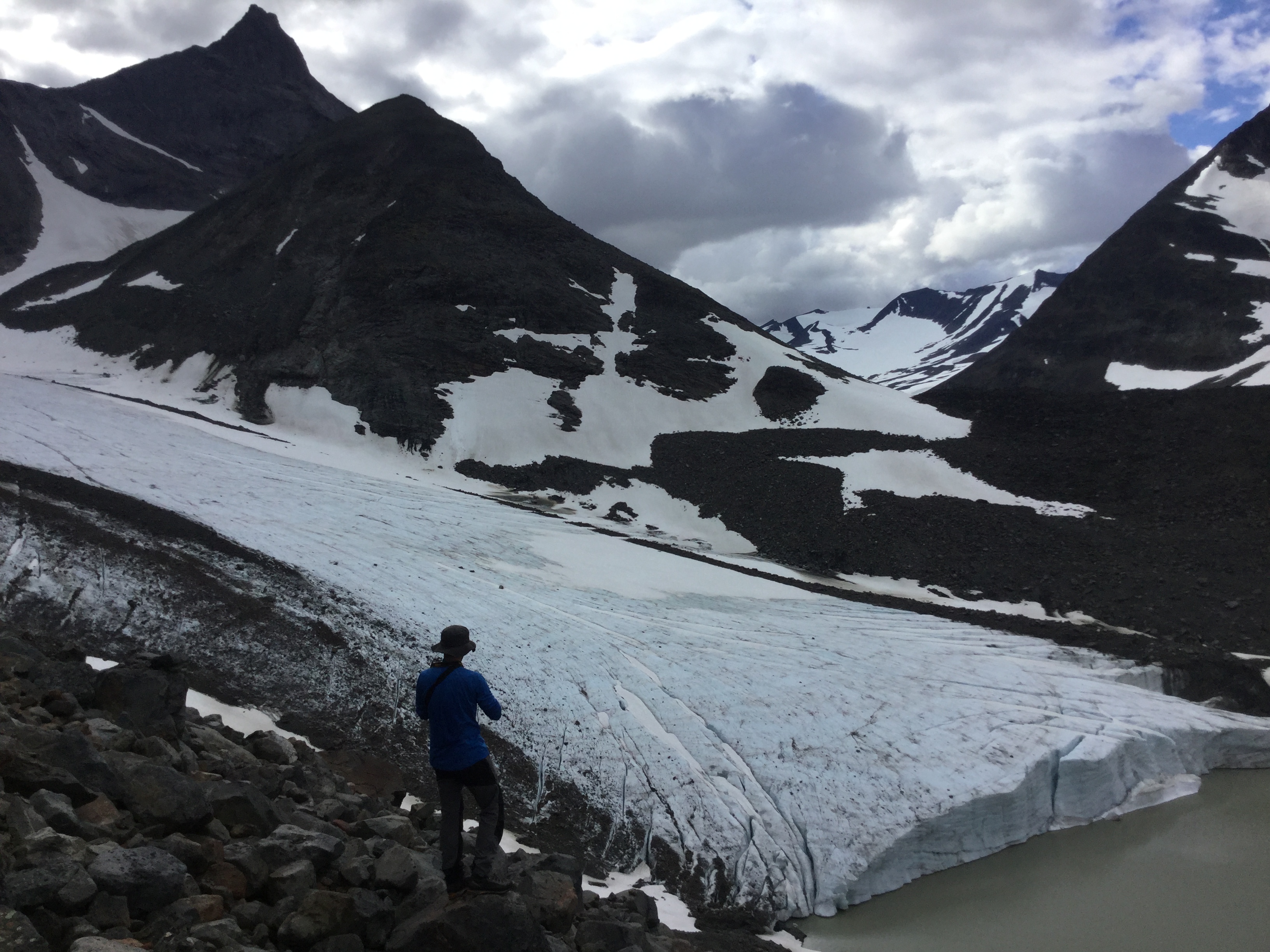MSc Microbiology students Orakan Jones and Nathalia Thompson with Drs Paul Dean and Jens Holtvoeth collected brines for extremophile research 1,000m below the surface in the Boulby salt mine.
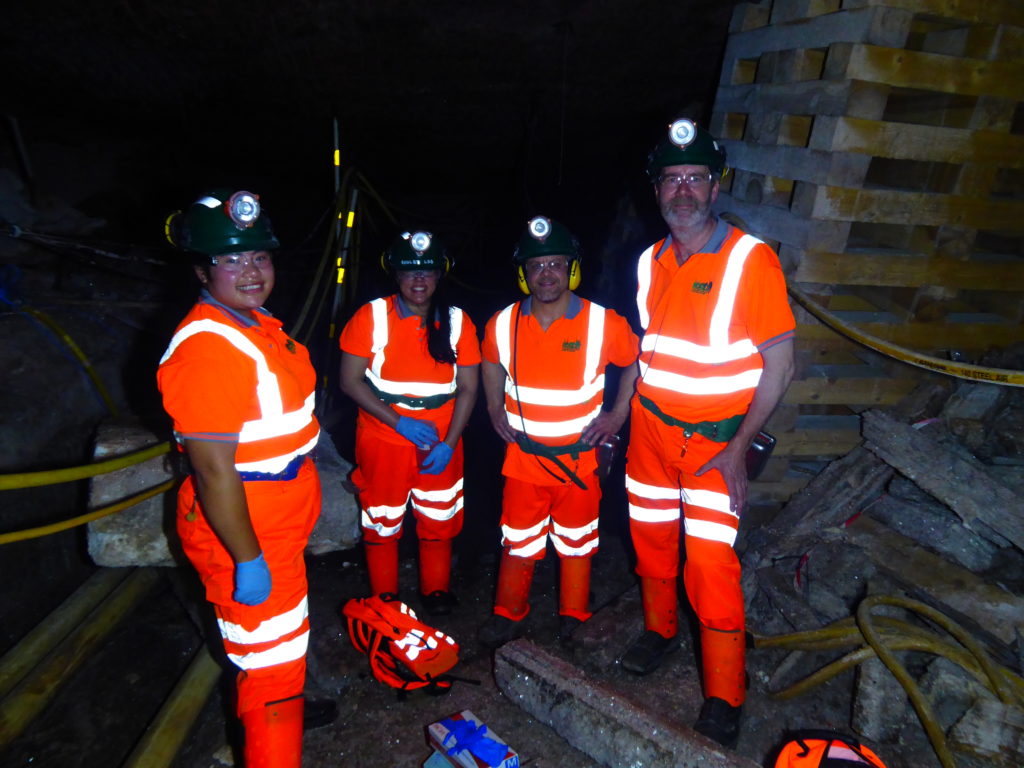
In October, a team from Teesside University took part in the 10th annual field event on astrobiology, robotics, and planetary exploration (MINAR X), organised by the UKRI Underground Laboratory at the ICL salt mine at Boulby. Dr Jens Holtvoeth was joined by Dr Paul Dean and two microbiology MSc students, Orakan Jones and Nathalia Thompson to travel 1.000 meters down the shaft and underneath the North Sea, together with scientists from the Universities of Edinburgh, York, Manchester, and Newcastle, the California Institute of Technology, and NASA’s Jet Propulsion Laboratory (Pasadena).
The aim of our team was to collect samples of salt and brine for biomarker and DNA analyses to produce a geochemical fingerprint of fossil and living microbial communities and to gain information on cellular adaptation mechanisms of halophile microorganisms to the extreme conditions. This will help to interpret fossil biomarker distributions found in the salt with regard to environmental conditions at the fringes of the evaporating Zechstein Sea about 250 million years ago.
While the team were able to collect brines from a disused part of the mine, aptly named Billingham Bath, the collection of salt samples by coring the salt with sterilised drill bits had to be postponed due to a technical fault of the corer. Thus, the team is looking forward to going down the shaft later this semester, again.


